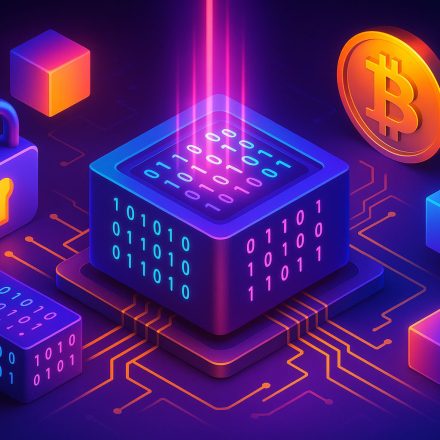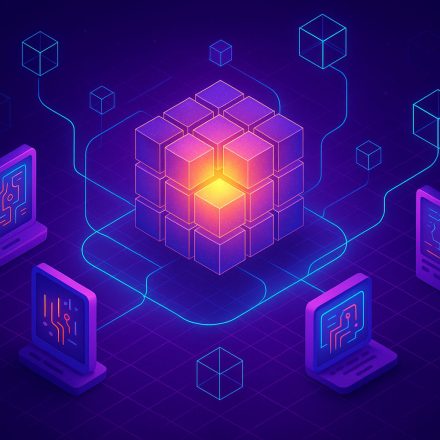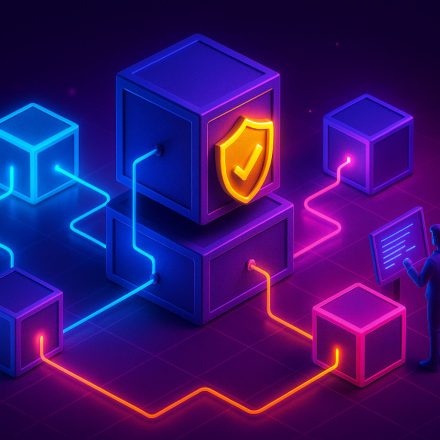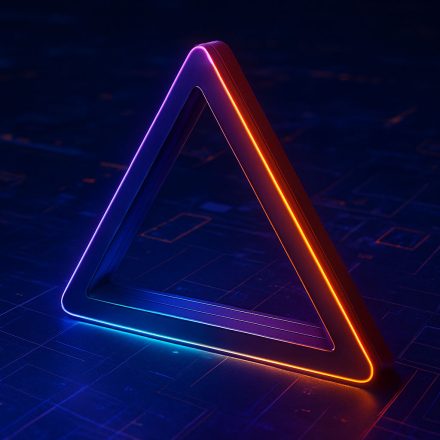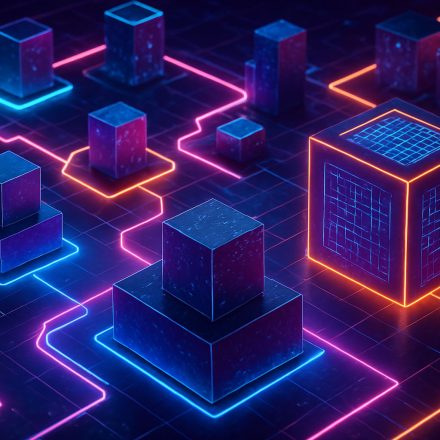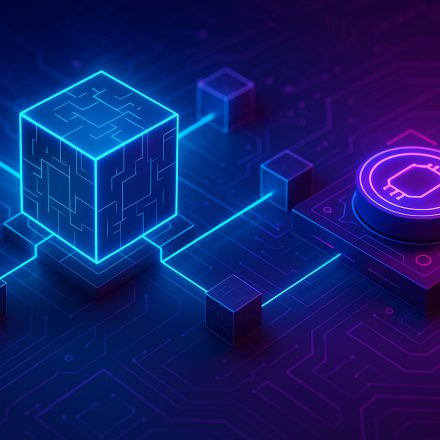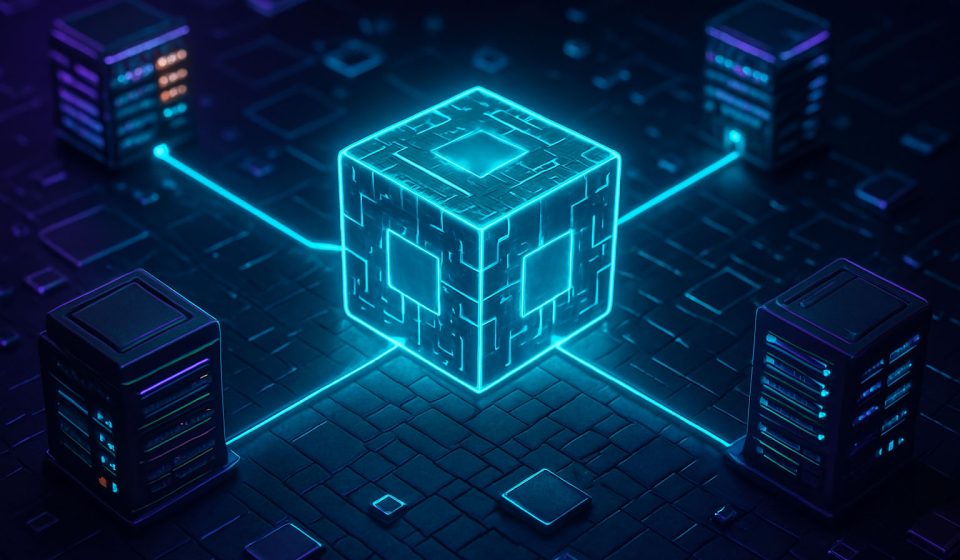
🧠 What Is a Blockchain Node? Explained for Beginners
What is a blockchain node, and why is it one of the most important parts of a blockchain network? If you’ve heard about mining, staking, and decentralization, then you’ve already touched the edges of what blockchain nodes do.
Table Of Content
In this beginner’s guide, we’ll break down what a blockchain node is, what it does, and why it’s crucial to how blockchain technology works. Whether you’re just learning or looking to deepen your understanding, you’re in the right place.
At BlockchainInsights.org, we help you learn blockchain from the ground up — clearly, simply, and step by step.
🔗 What Is a Blockchain Node?
A blockchain node is any computer that connects to a blockchain network and helps maintain the network by storing a copy of the blockchain and verifying transactions.
You can think of nodes as the backbone of any blockchain system. Without them, there would be no decentralized ledger — no Bitcoin, no Ethereum, and no Web3.
There are different types of nodes, and each plays a different role in the network. But their shared purpose is to keep the system running honestly and securely.
⚙️ What Does a Blockchain Node Do?
Blockchain nodes serve several important functions:
- Store a full or partial copy of the blockchain
- Validate transactions and new blocks
- Relay data to other nodes in the network
- Help achieve consensus in decentralized systems
For example, when someone sends Bitcoin, the transaction is broadcast to nodes around the world. Those nodes verify that the sender has the funds, confirm the details, and then help add the transaction to a block. That block is eventually added to the blockchain.
In short, a node helps keep the network accurate, secure, and up to date.
🧱 Types of Blockchain Nodes
Here are the most common types of nodes you’ll come across:
1. Full Node
A full node stores the entire blockchain history and participates in the validation of transactions and blocks. It follows all the consensus rules and can independently verify any part of the chain. Examples include Bitcoin Core and Geth (Ethereum).
2. Light Node (or SPV Node)
Light nodes only download a small portion of the blockchain — enough to verify transactions but not store the whole history. They’re useful for mobile wallets or limited devices.
3. Mining or Validator Node
These are special full nodes that also create new blocks. In Bitcoin, they’re called miners. In Proof of Stake systems like Ethereum, they’re called validators. They compete (or are selected) to add new blocks and are rewarded with cryptocurrency.
4. Archive Node
Stores everything a full node does, plus historical states and full chain data. These nodes are often used by explorers, dApps, and analytics platforms.
🌍 Why Nodes Are So Important
The entire concept of decentralization in blockchain depends on nodes. Since no single server controls the data, nodes work together to keep the system secure and trustworthy.
- The more nodes, the more secure the network
- Anyone can run a node to support the system
- Nodes prevent centralization and censorship
Without nodes, blockchain would be no different from a private database run by a single entity. Nodes are what make the network public, open, and censorship-resistant.
You can explore how Ethereum nodes work in more detail here:
https://ethereum.org/en/developers/docs/nodes-and-clients/
🔐 Nodes vs Wallets: What’s the Difference?
Many people confuse blockchain nodes with crypto wallets. Here’s a simple way to remember the difference:
- A wallet holds your private keys and allows you to send/receive cryptocurrency
- A node maintains the network by storing and verifying blockchain data
Some wallets connect to full nodes to read the blockchain, while others act as light clients and depend on external nodes.
🔗 Want to Learn More?
Now that you understand what is a blockchain node, you can better grasp how blockchain networks actually function.
If you’re still learning how blockchain works, check out our foundational article:
“How Blockchain Works: A Simple Guide for Beginners”
https://blockchaininsights.org/how-blockchain-works
📝 Final Thoughts
Blockchain nodes are one of the most essential parts of a decentralized network. They verify data, maintain trust, and protect the system from manipulation. The more distributed the nodes are, the more secure and transparent the blockchain becomes.
Whether you run your own node or just use a crypto wallet, understanding what is a blockchain node helps you appreciate the tech that powers cryptocurrencies and Web3.
Stay with BlockchainInsights.org as we continue breaking down blockchain technology — one concept at a time.









